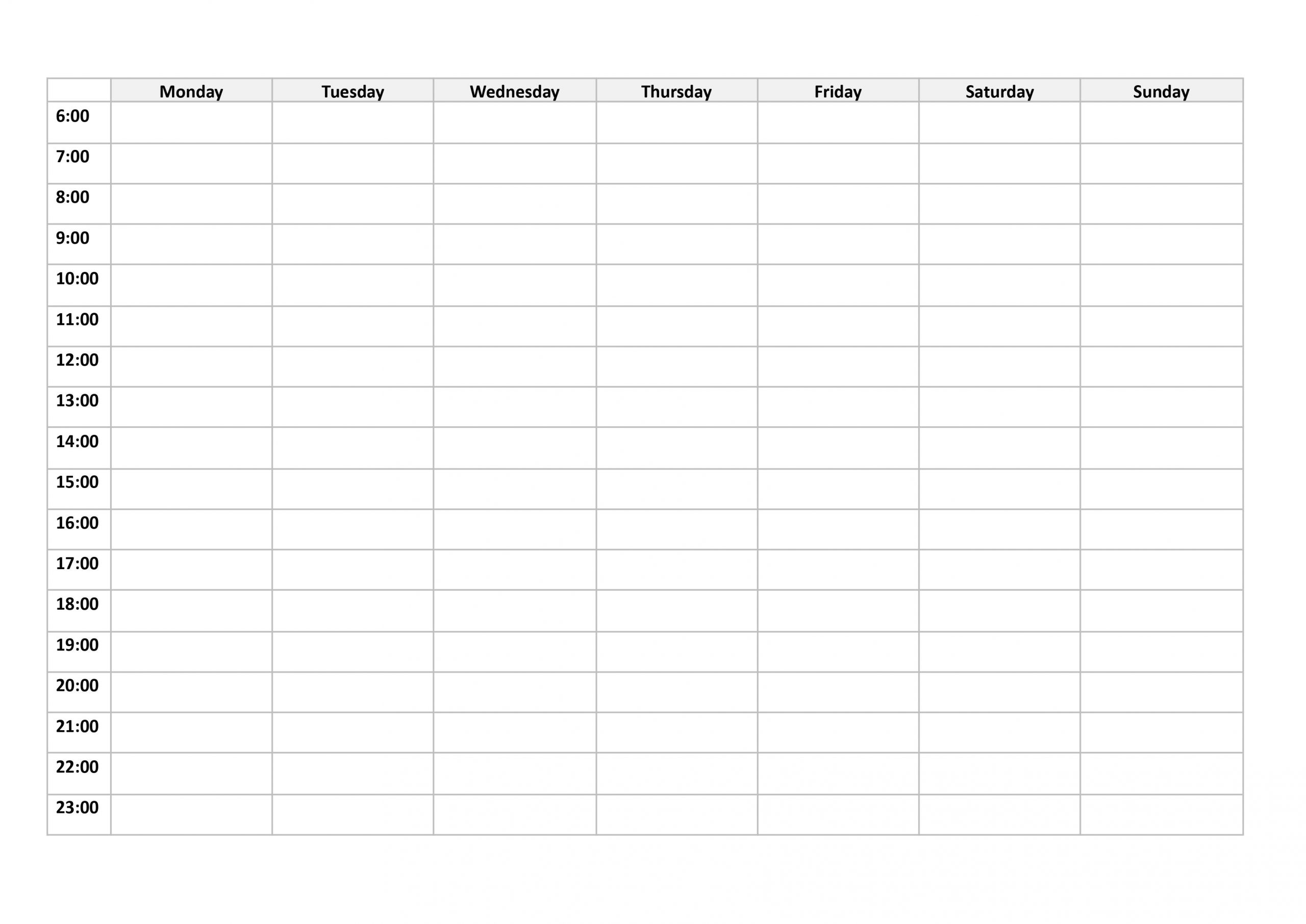
- The beginning
- Formula
- What’s next?
What’s next?
Now that you have tried the formula, experimented with your time distribution, and perhaps discovered the areas you would like to focus on in the nearest future to improve your quality of life, the question is – what’s next? How do you move from ideas and good intentions to concrete actions and tangible changes?
First, we recommend starting with an audit of your time and activities We do many things out of inertia, habit, and automatism because other people do it, and only by stopping and auditing our daily schedules can we see how much time we are wasting and how much we could use better or differently.
Secondly, we invite you to follow the practical advice, “How to find more time?”, which we have given in the description of each area of life. Start with small things and slight changes. Choose one area that you want to start with. Don’t rush to initiate many changes at once because, after the initial enthusiasm, you just won’t get it all done, and you’re likely to quit soon after. So, we recommend that you pick one set of tips that feel the closest to you, or go to the “Useful Resources” section, pick one book and dwell on it for at least a month: try it out, experiment, initiate changes, and small adjustments to your behaviour, live with it and see how it works for you, how things change, whether they improve, etc. It may seem strange or uncomfortable at first and require extra effort. This is normal. All innovations take a little time.
Thirdly, if you really want and are ready to change something in your life to bring more balance, we recommend that you start planning your time very diligently and concretely. And even more importantly, plan your energy and how you will store/recover it.
This simple weekly template is a good start.

Print it out (daugiaubalanso.LT-week plan (docx); daugiaubalanso.LT-week plan (pdf))and start filling it in with the activities you would like to find more time for. Ideally, you should spend at least four weeks on one new ‘”leg” of your balance, so that the change would have at least a minimal chance of becoming a habit (1-6 months is recommended, depending on the intensity of the activity, i.e., if it’s daily or monthly). If you think you can introduce (and/or take out) several new activities at the same time, try it. Then put other activities and existing commitments around them. First, put things like sleep, main work tasks, important meetings (work and personal), time with family, other social and work commitments, and time for yourself (hobbies, reflection, walks in nature, etc.). Remember to set aside a specific time for the things that matter to you the most. This includes relationships with people you care about, taking care of yourself, and work projects (professional achievements) of the highest value – things you should not negotiate with anyone or anything.
Finally, if you see that something has gone wrong in the first week, adjust the calendar for the second week accordingly. If something doesn’t work immediately, it doesn’t mean that you can’t do it, that it’s not for you, or that you’re good for nothing. It means that our current habits and routines didn’t form in a week or a month, and it will take time to change them.

